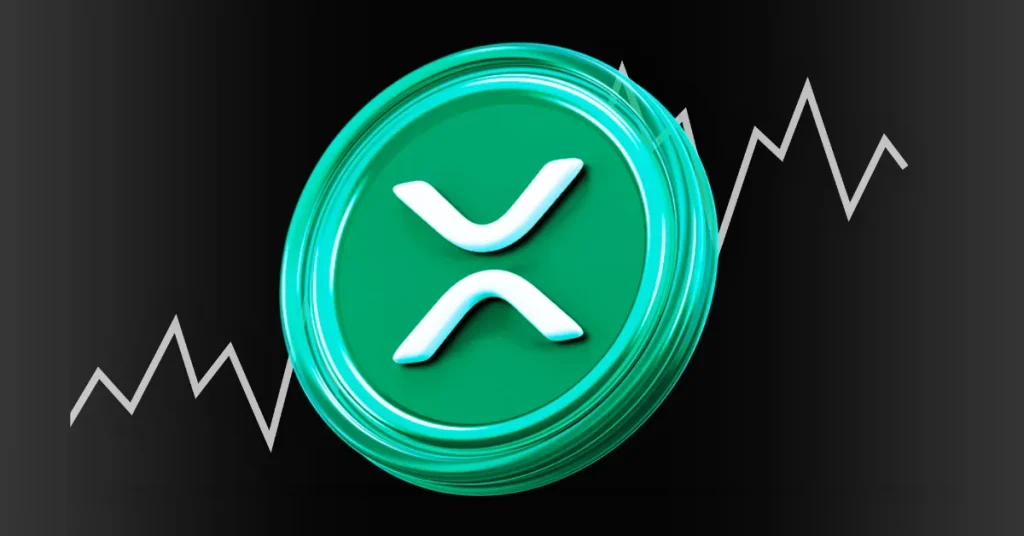
The post XRP Price To Hit $5, $9 and $27? appeared first on Coinpedia Fintech News
XRP is currently in the spotlight as analysts debate whether it’s up for a massive breakout or a steep correction. Here’s what’s driving the hype and the caution.
XRP Trend Shifts: Key Weekly EMA & SMA Strategy
Analyst EGRAG Crypto’s latest analysis on XRP highlights a trading strategy based on the relationship between the 21-day Exponential Moving Average (EMA) and the 33-day Simple Moving Average (SMA) on the weekly chart. According to EGRAG, these moving averages are key for spotting major trend shifts in the market.
If the 21 EMA crosses below the 33 SMA, it signals a bearish trend, and we could be heading into a bear market. Historically, these crosses have led to significant price drops, with XRP falling 87% in May 2018 and 72% in November 2021.
The next major drop could be around 79.5% from the bearish cross point. This is a key sell signal as it suggests that the top is in and a steep correction could follow, Egrag explains.
Is XRP Entering A Long-Term Uptrend?
On the flip side, a 21 EMA crossing above the 33 SMA is seen as a strong bullish signal, often preceding major price rallies. The analyst notes that the past bullish crosses have triggered massive pumps. This could be a sign that the market is entering a long-term uptrend, leading to much higher price levels, like the $5.7, $9.5, $27, and $37 targets mentioned.
Double Digits Possible, Say Analysts
XRP hitting double digits may sound a bit far-fetched, but history says it’s possible. In 2018, XRP controlled over 31% of the entire crypto market and hit $3.84. Now, in 2025, it’s trading around $3.34 but holds just 5% market share. If XRP reclaims even half of its old market dominance, it could see massive gains. This is especially possible if Bitcoin cools off and altcoins rally later.
Will XRP Rally After Futures Launch?
CME is launching XRP futures today. Some traders worry that this could lead to a short-term top, as similar futures launches for Bitcoin in 2018 had led to sharp sell-offs later. It had also coincided with the peak of the bull cycle at that time. XRP is currently trading at $2.32, down 2.9% ahead of the launch.



